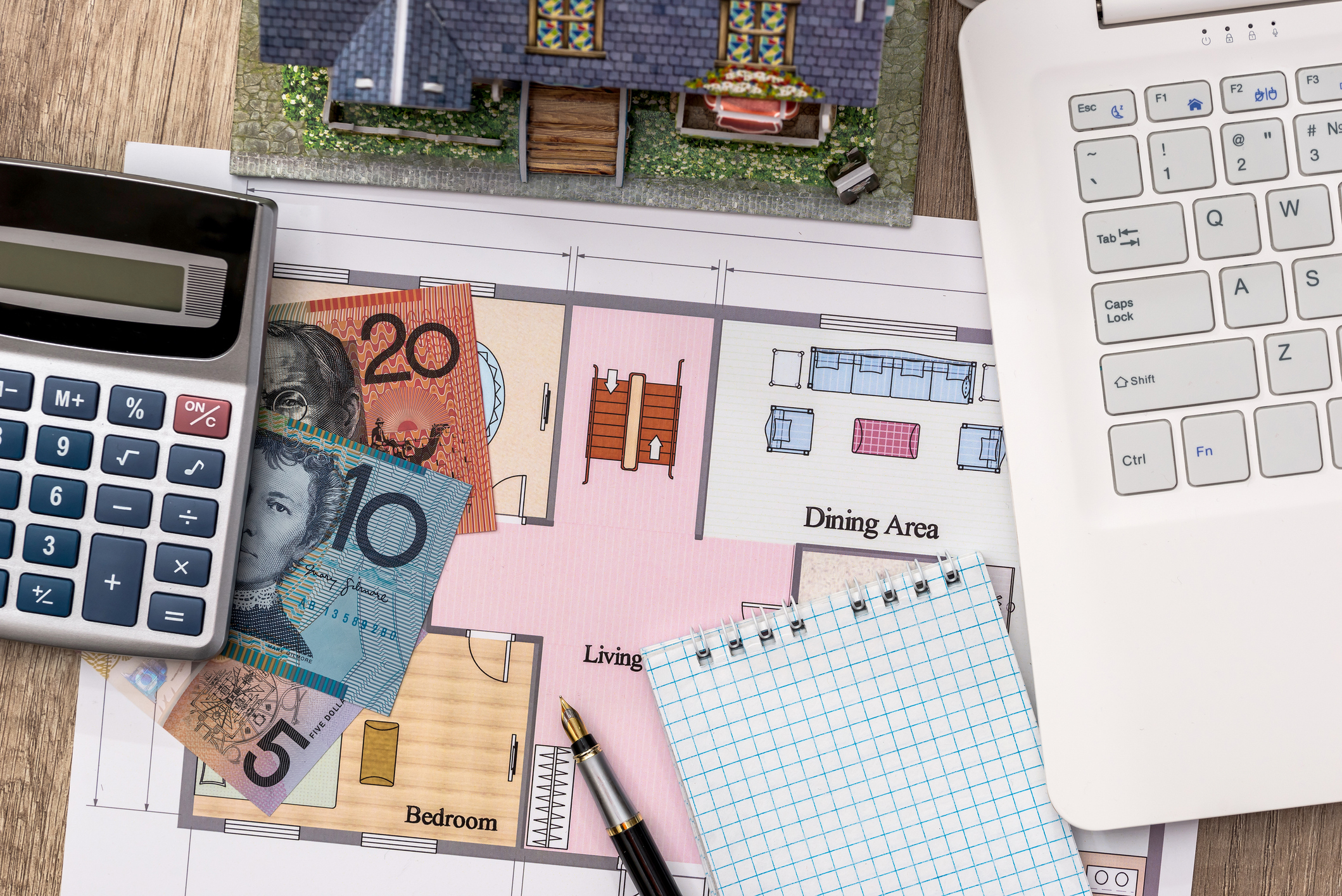If, for whatever reason, you need a quick and inexpensive property valuation, then a desktop valuation may be what you’re looking for. A desktop property valuation is made by a bank or other mortgage lender from the comfort of their own desk, designed to provide basic information as quickly as possible.
» MORE: Mortgage glossary and home loan terminology
How does a desktop valuation work?
Unlike a full property valuation, a desktop valuation does not involve a physical inspection of the property by the appraiser. Instead, it simply uses publicly available data, usually from CoreLogic, such as the median house price in the street and suburb based on the most recent sales, and comparable property listings.
Using this data or information, the bank will arrive at an estimate of a property’s market value probably in less than an hour. This is unlike a full property valuation, which can take up to a week to complete, depending on the availability of the valuer and the size of the task at hand.
Banks generally carry out desktop valuations for low-risk properties — generally, less than the 80% loan-to-value ratio (LVR). That’s because the lender is confident that the purchaser will be able to repay the loan regardless of the condition of the property.
Desktop valuations generally last 90 days, though they may be extended in some circumstances beyond that.
» MORE: Costs to know when buying a house
How accurate are desktop valuations?
A desktop valuation, by definition, will not be as reliable as a full valuation. This is because the valuer doesn’t go into the house to check its condition and whether it’s in dire need of major renovations to make it liveable. Without this level of scrutiny, the valuer is reduced to educated guesswork using data about sales of similar properties based on region and history.
The lender may be happy with a desktop valuation if they deem the borrower financially sound and have a loan with a low LVR. They may also be satisfied with the desktop valuation if the property sold fairly recently and, at that time, a full valuation report was prepared.
Additionally, if you are unhappy as a seller or buyer with a property’s desktop valuation, you can dispute it with the lender or request another one from a different lender. Most lenders will use similar, if not identical, data for their desktop valuations, so there’s not likely to be a substantial difference between valuations.
» MORE: 10 questions to ask your mortgage lender
Pros and cons
Desktop property valuations, like almost all property-related goods and services, have both good and bad points.
Pros
- Fast turnaround time. Desktop valuations take much less time because the valuer does not need to inspect and analyse the property physically.
- Cheaper than a full valuation. Desktop valuations typically take less than an hour — compared to the days it may take to conduct a full valuation — and are usually provided free of charge.
- Is deemed accurate (under the right circumstances). A desktop valuation will likely satisfy a lender or a seller if there is a solid history of sales of similar properties in the area and the property hasn’t had any significant alterations over the past ten years.
Cons
- Limited availability. Some lenders do not offer desktop valuations because they are unreliable as a way of gauging a property’s real value and are therefore deemed unsuitable for their lending criteria.
- Light on information. Unlike a full property valuation involving a physical inspection, a desktop valuation uses only publicly available data to arrive at a figure.
- Lack of good data for unique properties. It may be impossible to do a desktop valuation if the property is unique, like a farm, or if there is insufficient data from a particular region over the past ten years to do a meaningful valuation.
- They are only helpful for low-risk borrowers. A lender will generally only do a desktop valuation for a customer when they are confident they can handle their mortgage burden and only need to borrow up to 80% of the property’s value.
» MORE: What is a building and pest inspection?
Kerbside valuations
A third option between full and desktop valuations is a kerbside valuation, where the property is inspected from the street’s kerb. While nowhere near as detailed and comprehensive as a full valuation, a kerbside or ‘drive-by’ valuation at least involves taking photos to bring any obvious external issues to light.
Like a desktop valuation, a kerbside valuation relies heavily on data to estimate the value and is usually only available to low-risk customers with the appropriate LVR. However, it’s a step up from a desktop valuation because a kerbside valuation will actually require a certified valuer to visit the property. They’ll then inspect it from the outside, or kerb, to obtain as good an impression as possible of its overall condition.
If you get a kerbside valuation, the process shouldn’t take more than a couple of hours to complete. They generally cost between $100 and $120 and are valid for up to three months.
Once again, if accurate data is available and your LVR is good, a kerbside valuation should suffice to secure a mortgage or refinance.
DIVE EVEN DEEPER

How Do Non-Bank Lenders Work?
Non-bank lenders have a credit licence and offer products like loans and credit cards. They can’t operate as a bank and accept deposits.

6 Things to Know About the Australian Property Market
Interest rates, inflation and limited supply are making Australia’s housing market an unfriendly place for many prospective buyers.

How To Buy A House In Australia: 12 Steps To Purchasing Property
The main steps to buying a house or property in Australia include getting your finances in order, seeing how much you can borrow, and choosing the right mortgage lender.


